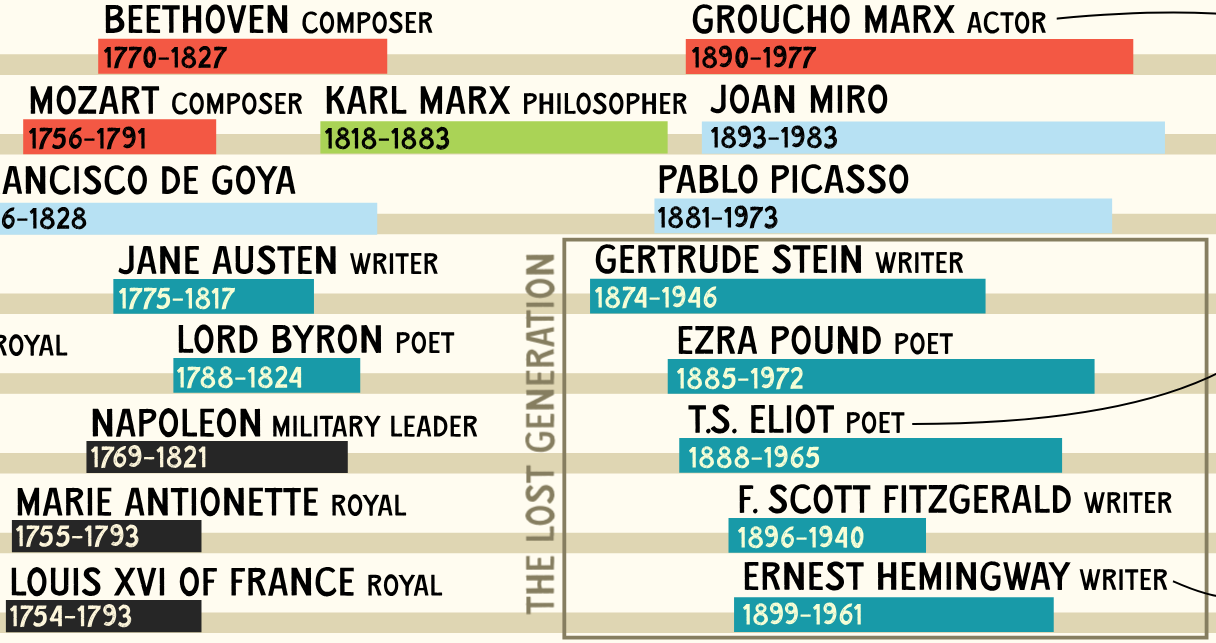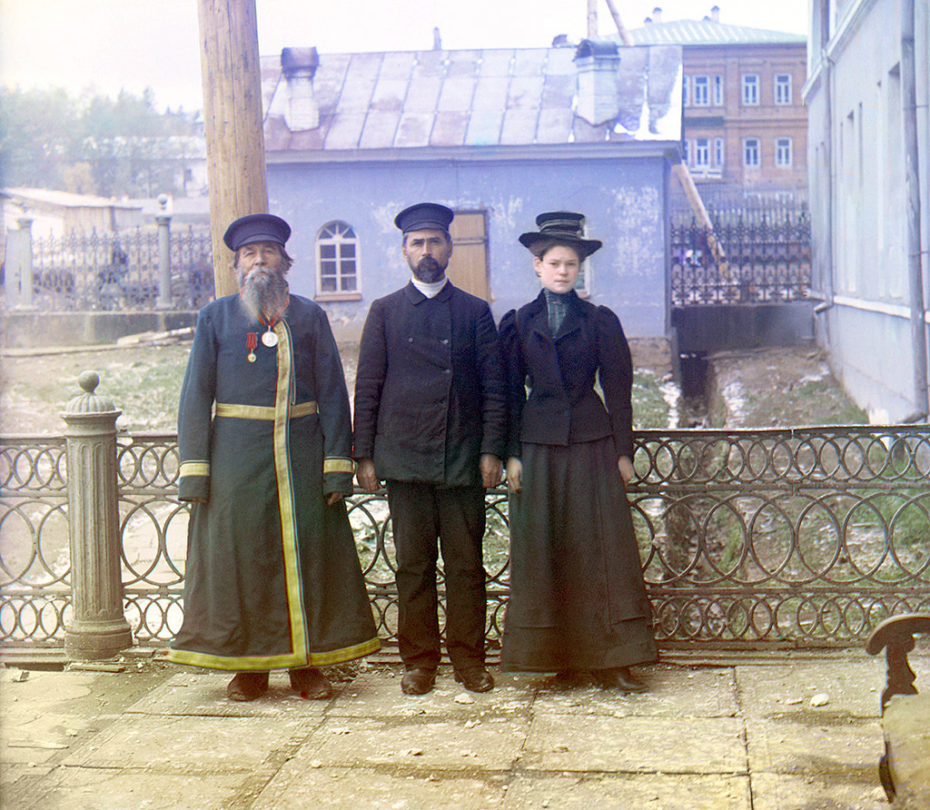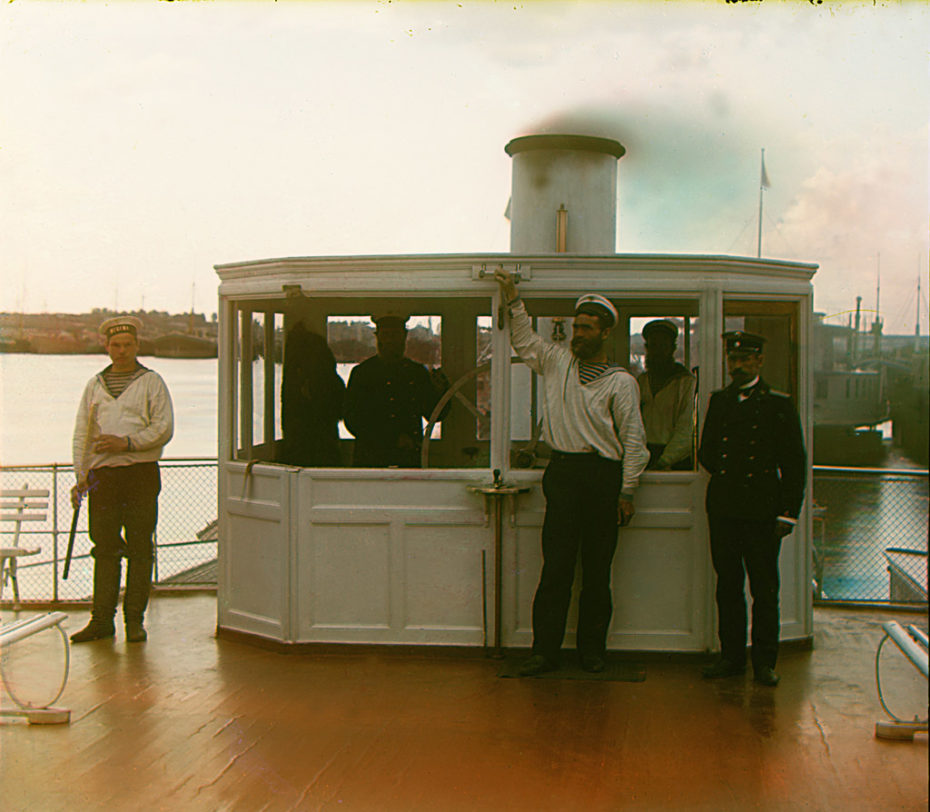Audrey Hepburn may not have had the most prolific Hollywood career, but a fair few of her characters still feel today like roles she was born to play. Perhaps the same could have been true of the part of Anne Frank, had she not refused to take it up. When Anne’s father Otto Frank inquired about it, one might imagine that Hepburn felt like she didn’t have the right experience to play that young woman, now long regarded as the embodiment of the victims of the Holocaust. In fact, for the actress who would be remembered as Princess Ann and Holly Golightly, it was too close to home: Hepburn could remember all too well her own harrowing wartime experience in the Netherlands, coming to the point of starvation while hiding from the Nazis.
Born in Belgium, the young Hepburn went to boarding school in England in the mid-nineteen-thirties. At the end of that decade, with the outbreak of the war, she went with her mother to live in the Netherlands. A student of ballet, she danced for audiences that included Nazi party members — an unavoidable fact of which much has been made — but she also danced, secretly, for the resistance. As biographer Robert Matzen writes, “Audrey’s celebrity as a ballerina for nearly four years at the Arnhem city theater made her talents valuable to Dr. Visser ’t Hooft,” one of that movement’s leaders, who put on “illegal musical performances at various by-invitation-only locations” meant to earn artists money “after they had been forced out of the Dutch mainstream by the Nazi union of artists, the Kultuurkamer.”
Hepburn herself discusses this period in the interview clip at the top of the post. As time went on, Matzen writes, “Dr. Visser ’t Hooft sent her at one point during this period to take a message, and perhaps food, to one of the downed fliers. Her qualifications were simple: She spoke English fluently whereas other young people within easy reach in the village did not.”
In the autumn of 1944, “she and her family kept a British paratrooper in their basement, the latest act in a series of defiances,” writes Den of Geek’s David Crow. “By the following winter, they too would be living down there, wary to even crawl out of ‘bed’ as the bombs fell on their small Dutch village of Velp.” Eventually, “after what was left of their food was depleted, they ate tulip bulbs. When those were gone, they ate the weeds.”
Endured at such a young age, this ordeal had lasting effects. “The deprivations would haunt Audrey the rest of her days, informing her svelte frame and, Matzen argues, possibly her early death from appendiceal cancer.” No wonder, then, that she remained fairly taciturn about her war even after becoming an internationally famous actress (an alternative to her first dream of dancing). Hence the formidable challenge laid before Matzen in the research that went into what became Dutch Girl: Audrey Hepburn and World War II, which you can hear him discuss in the Storytellers’ Studio video just above. Her story turned out differently from Anne Frank’s — which itself, as Matzen argues, beset her with a kind of “survivor’s guilt” — but now, both of them live on as icons of the twentieth century at its lightest and darkest.
Related content:
Audrey Hepburn’s Moving Screen Test for Roman Holiday (1953)
Color Footage of the Liberation of Paris, Shot by Hollywood Director George Stevens (1944)
Charade, the Best Hitchcock Film Hitchcock Never Made. Stars Cary Grant & Audrey Hepburn
Based in Seoul, Colin Marshall writes and broadcasts on cities, language, and culture. His projects include the Substack newsletter Books on Cities and the book The Stateless City: a Walk through 21st-Century Los Angeles. Follow him on Twitter at @colinmarshall or on Facebook.













